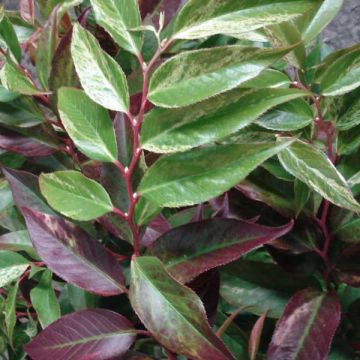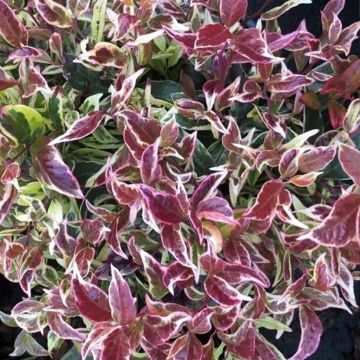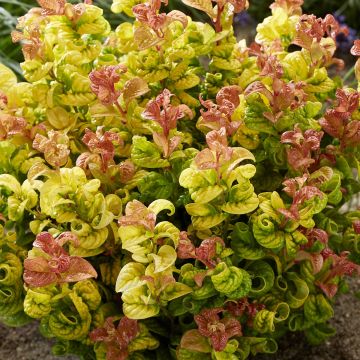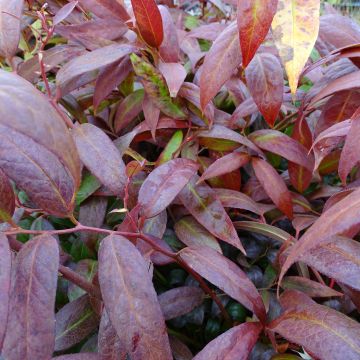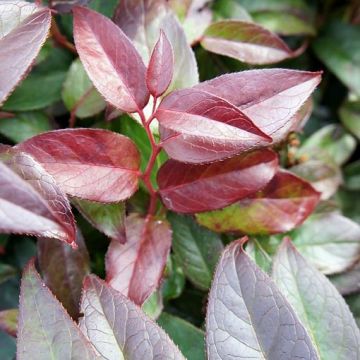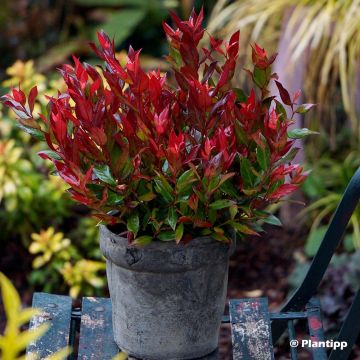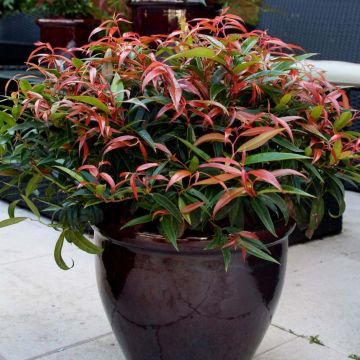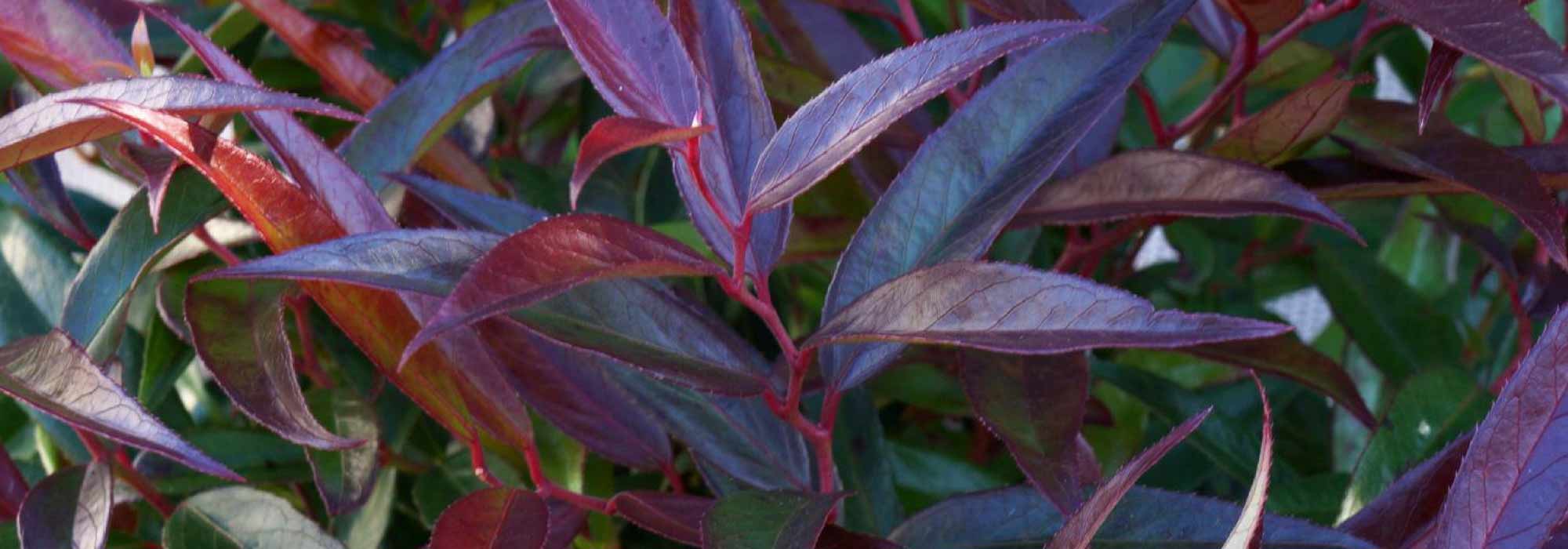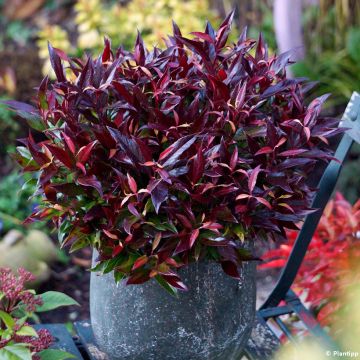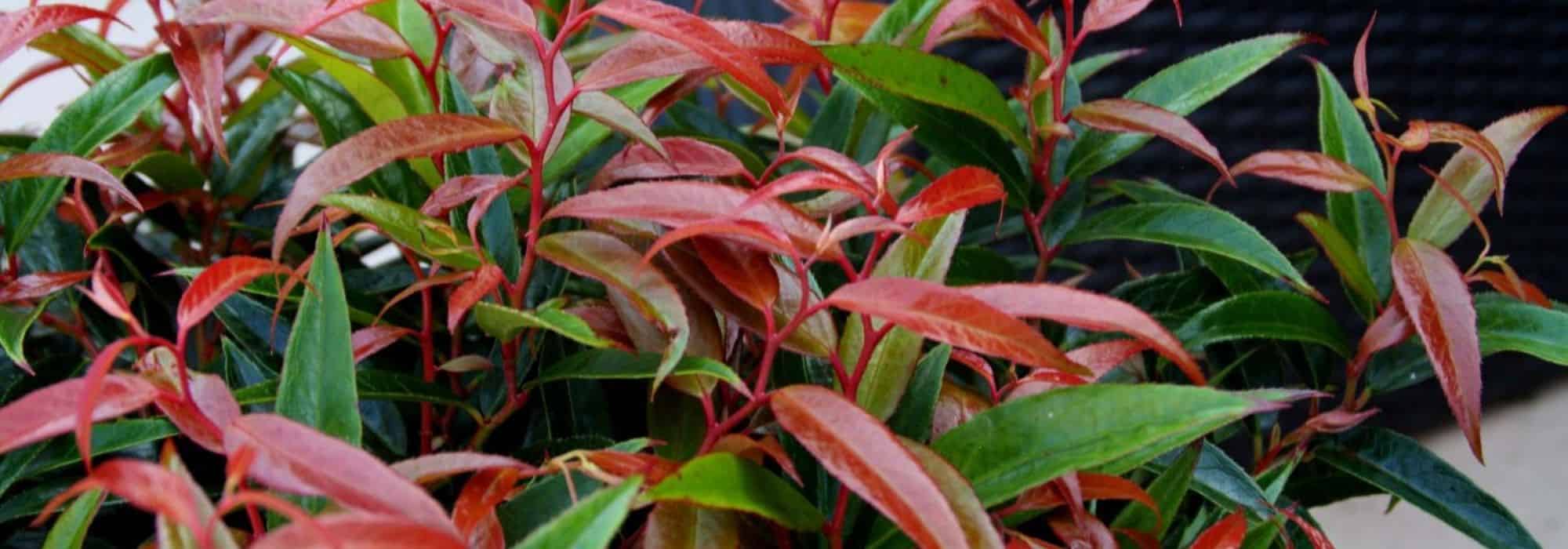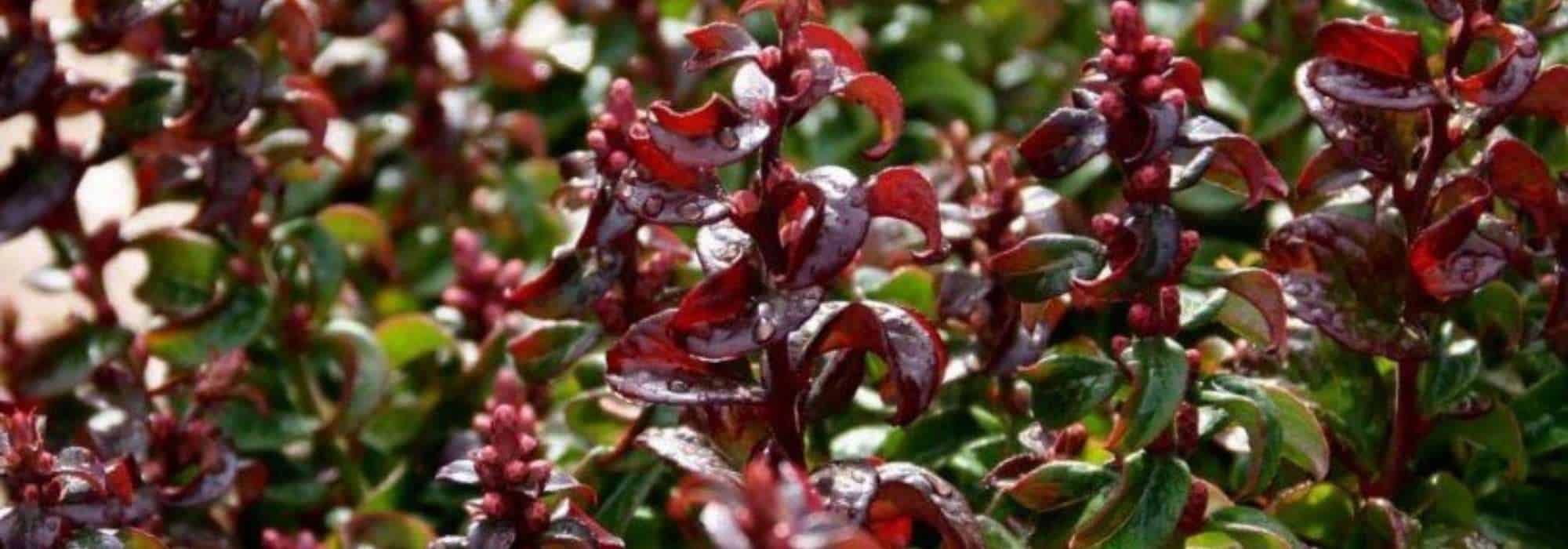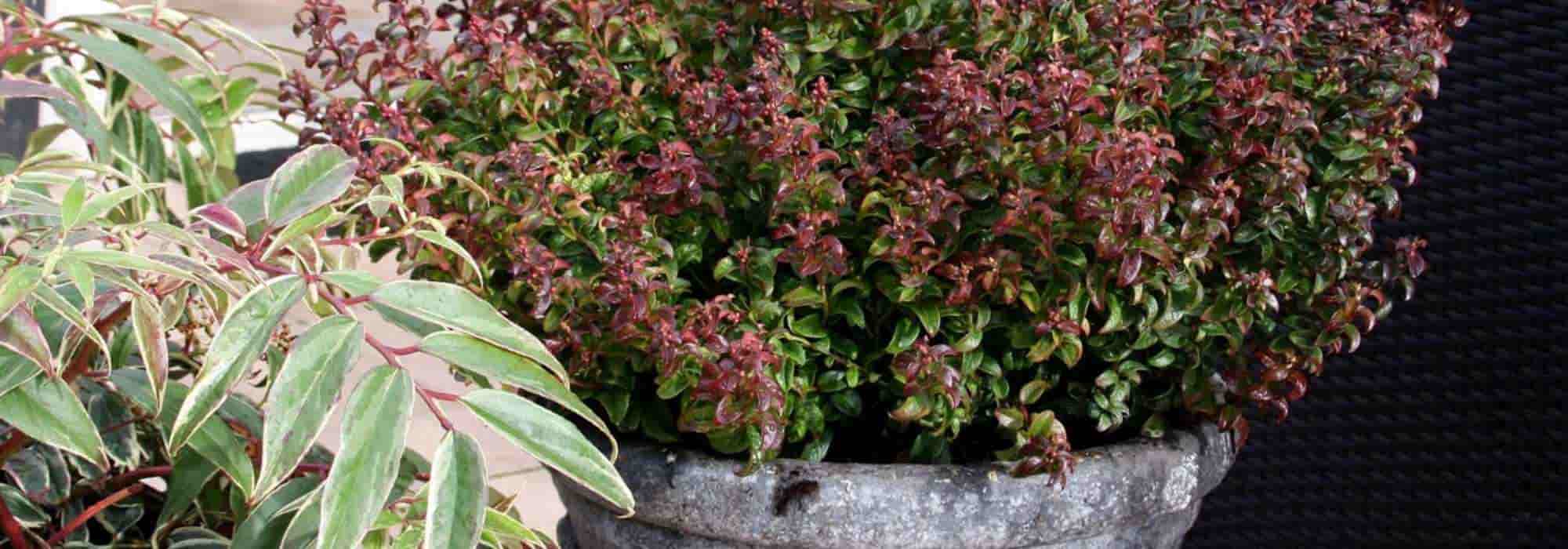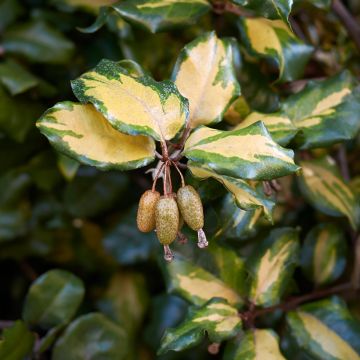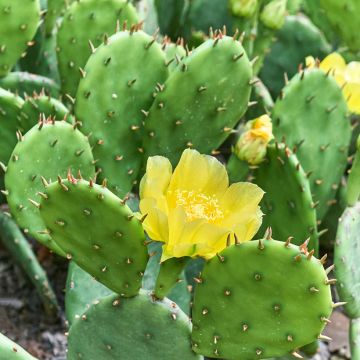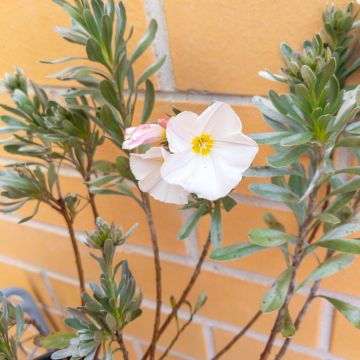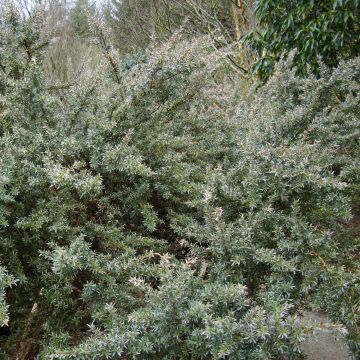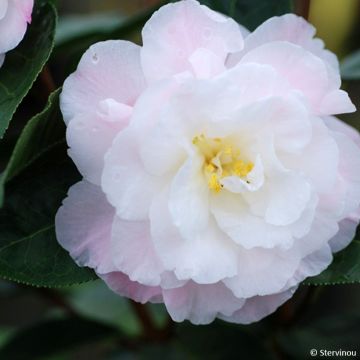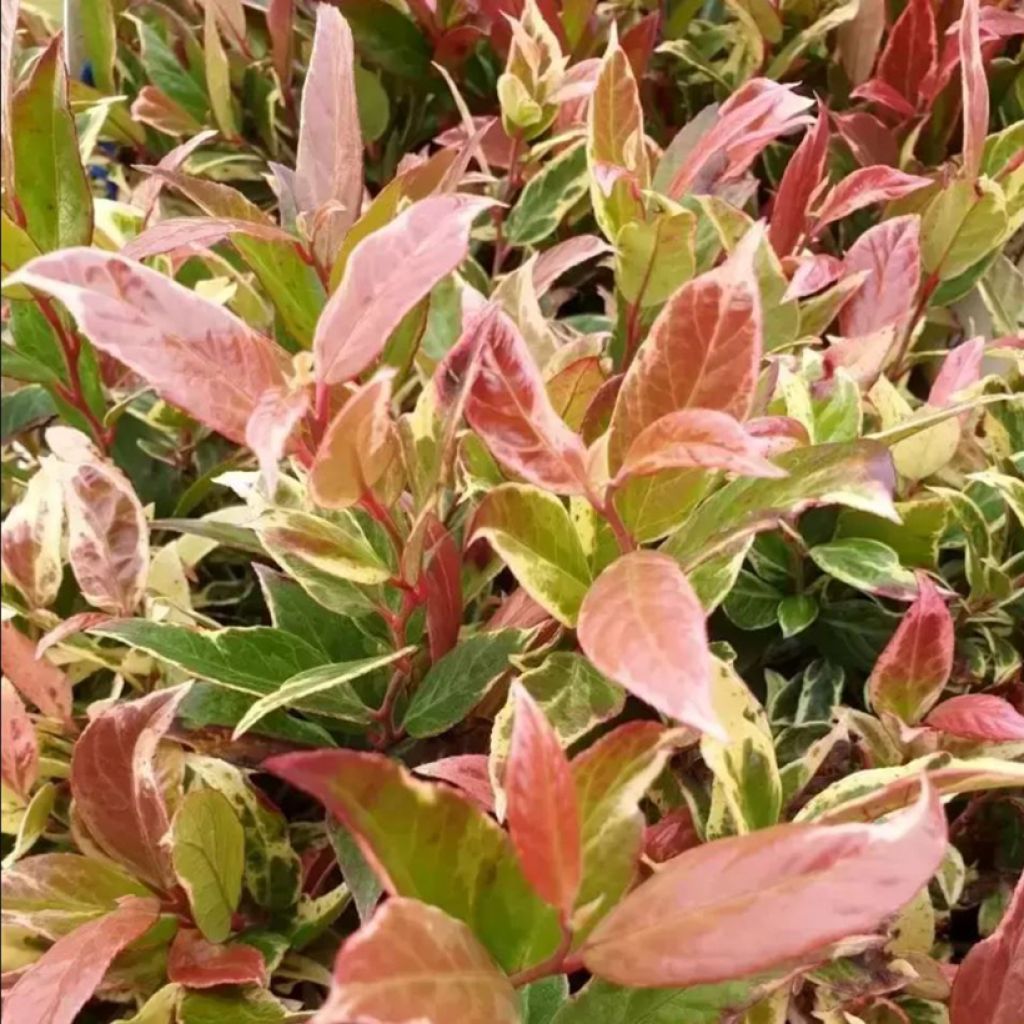

Leucothoe fontanesiana Color Diamond
Leucothoe fontanesiana Color Diamond
Leucothoe fontanesiana Color Diamond
Drooping Leucothoe, Highland Doghobble, Fetter-bush
Special offer!
Receive a €20 voucher for any order over €90 (excluding delivery costs, credit notes, and plastic-free options)!
1- Add your favorite plants to your cart.
2- Once you have reached €90, confirm your order (you can even choose the delivery date!).
3- As soon as your order is shipped, you will receive an email containing your voucher code, valid for 3 months (90 days).
Your voucher is unique and can only be used once, for any order with a minimum value of €20, excluding delivery costs.
Can be combined with other current offers, non-divisible and non-refundable.
Why not try an alternative variety in stock?
View all →This plant carries a 24 months recovery warranty
More information
We guarantee the quality of our plants for a full growing cycle, and will replace at our expense any plant that fails to recover under normal climatic and planting conditions.
Would this plant suit my garden?
Set up your Plantfit profile →
Description
The Leucothoe fontanesiana 'Color Diamond' is a delightful variegated variety derived from a evergreen bush of heath soil poetically nicknamed Pearl Flower. This cultivar is appealing for its compact habit, neat appearance, and the changing colours of its foliage. In spring, a delicate flowering in clusters of cream-white bells enhances its charm. With its small, bushy silhouette, it works wonders in a pot, on the terrace or in borders. Very hardy, this shrub will thrive in dappled light, in fresh soil.
The Leucothoe fontanesiana 'Color Diamond' is a plant of the Ericaceae family, like heathers and rhododendrons, with which it shares a strong liking for acidic soils and the half-light. The botanical species is a modest-sized bush that grows in the damp undergrowth of the southeastern United States. 'Color Diamond' has a very compact and dense bushy habit, it will reach 50 cm (19.7 in) in height and 30-40 cm (11.8-15.7 in) in width at adulthood. Its variegated, changing and superbly coloured foliage is its main asset. It consists of leaves 6 to 8 cm (2.4 to 3.1 in) long, 2 to 3 cm (0.8 to 1.2 in) wide, long and slender, ending in a point. The young leaves, irregularly edged with cream-white, are copper-coloured, they then turn green, creating a beautiful combination of shades on the plant, before turning colour again in winter. This bush is also called pearl flower for its spring flowering which appears, most often in May, at the ends of the shoots. This appears in the form of pendulous clusters 7 to 10 cm (2.8 to 3.9 in) long, made up of slightly scented bell-shaped flowers, cream-white in colour.
A hardy bush, the Leucothoe 'Color Diamond' dislikes limestone, heatwaves, drought, and overly heavy soils. Like the camellias and rhododendrons with which it forms beautiful associations, this plant appreciates humus-rich, flexible, draining soils that remain slightly moist all summer. Its dense and evergreen silhouette is a perfect 'trunk-cover' when placed at the foot of light trees or bushes, whose base is bare, and it forms a very beautiful duo with the nandinas. It will also accompany medium-sized perennials such as hellebores or ferns, winter heathers (Erica darleyensis), in front of shrub clusters composed of gaultheria, symphoricarpos or pieris, or even isolated. It also grows very well in pots, with shade and regular watering, with non-limestone water. Its presence will bring a very personal touch to the terrace or balcony.
Leucothoe fontanesiana Color Diamond in pictures
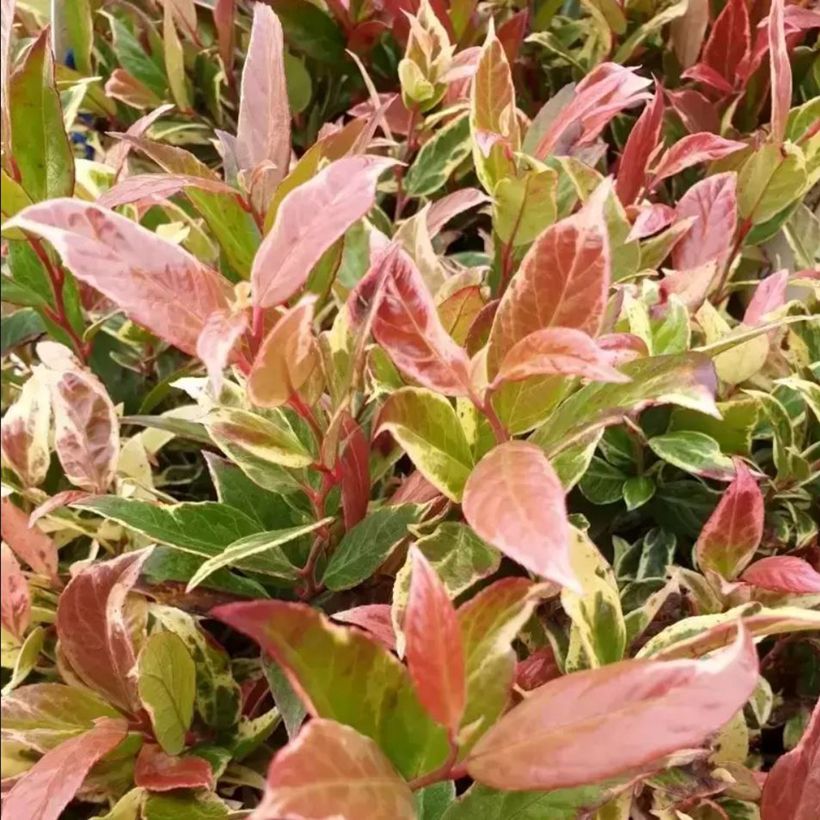

Plant habit
Flowering
Foliage
Botanical data
Leucothoe
fontanesiana
Color Diamond
Ericaceae
Drooping Leucothoe, Highland Doghobble, Fetter-bush
Cultivar or hybrid
Other Leucothoe
View all →Planting and care
Place the Leucothoe fontanesiana 'Color Diamond' in shade or semi-shade in a fresh, humus-rich, acidic to neutral soil. Like all heathland plants, it does not tolerate calcareous soils, nor heavy clay soils, waterlogged in winter. Drought and scorching summers do not suit it at all. Dig a hole three times larger than the pot. Soak the root ball in water and plant the bush at the level of the collar, in a compound mixture of well-decomposed leaf compost, gravel or pozzolan and ericaceous soil. Water generously and keep the soil fresh in summer, by placing a mulch at its base for example.
Planting period
Intended location
Care
Planting & care advice
This item has not been reviewed yet - be the first to leave a review about it.
Similar products
Haven't found what you were looking for?
Hardiness is the lowest winter temperature a plant can endure without suffering serious damage or even dying. However, hardiness is affected by location (a sheltered area, such as a patio), protection (winter cover) and soil type (hardiness is improved by well-drained soil).

Photo Sharing Terms & Conditions
In order to encourage gardeners to interact and share their experiences, Promesse de fleurs offers various media enabling content to be uploaded onto its Site - in particular via the ‘Photo sharing’ module.
The User agrees to refrain from:
- Posting any content that is illegal, prejudicial, insulting, racist, inciteful to hatred, revisionist, contrary to public decency, that infringes on privacy or on the privacy rights of third parties, in particular the publicity rights of persons and goods, intellectual property rights, or the right to privacy.
- Submitting content on behalf of a third party;
- Impersonate the identity of a third party and/or publish any personal information about a third party;
In general, the User undertakes to refrain from any unethical behaviour.
All Content (in particular text, comments, files, images, photos, videos, creative works, etc.), which may be subject to property or intellectual property rights, image or other private rights, shall remain the property of the User, subject to the limited rights granted by the terms of the licence granted by Promesse de fleurs as stated below. Users are at liberty to publish or not to publish such Content on the Site, notably via the ‘Photo Sharing’ facility, and accept that this Content shall be made public and freely accessible, notably on the Internet.
Users further acknowledge, undertake to have ,and guarantee that they hold all necessary rights and permissions to publish such material on the Site, in particular with regard to the legislation in force pertaining to any privacy, property, intellectual property, image, or contractual rights, or rights of any other nature. By publishing such Content on the Site, Users acknowledge accepting full liability as publishers of the Content within the meaning of the law, and grant Promesse de fleurs, free of charge, an inclusive, worldwide licence for the said Content for the entire duration of its publication, including all reproduction, representation, up/downloading, displaying, performing, transmission, and storage rights.
Users also grant permission for their name to be linked to the Content and accept that this link may not always be made available.
By engaging in posting material, Users consent to their Content becoming automatically accessible on the Internet, in particular on other sites and/or blogs and/or web pages of the Promesse de fleurs site, including in particular social pages and the Promesse de fleurs catalogue.
Users may secure the removal of entrusted content free of charge by issuing a simple request via our contact form.
The flowering period indicated on our website applies to countries and regions located in USDA zone 8 (France, the United Kingdom, Ireland, the Netherlands, etc.)
It will vary according to where you live:
- In zones 9 to 10 (Italy, Spain, Greece, etc.), flowering will occur about 2 to 4 weeks earlier.
- In zones 6 to 7 (Germany, Poland, Slovenia, and lower mountainous regions), flowering will be delayed by 2 to 3 weeks.
- In zone 5 (Central Europe, Scandinavia), blooming will be delayed by 3 to 5 weeks.
In temperate climates, pruning of spring-flowering shrubs (forsythia, spireas, etc.) should be done just after flowering.
Pruning of summer-flowering shrubs (Indian Lilac, Perovskia, etc.) can be done in winter or spring.
In cold regions as well as with frost-sensitive plants, avoid pruning too early when severe frosts may still occur.
The planting period indicated on our website applies to countries and regions located in USDA zone 8 (France, United Kingdom, Ireland, Netherlands).
It will vary according to where you live:
- In Mediterranean zones (Marseille, Madrid, Milan, etc.), autumn and winter are the best planting periods.
- In continental zones (Strasbourg, Munich, Vienna, etc.), delay planting by 2 to 3 weeks in spring and bring it forward by 2 to 4 weeks in autumn.
- In mountainous regions (the Alps, Pyrenees, Carpathians, etc.), it is best to plant in late spring (May-June) or late summer (August-September).
The harvesting period indicated on our website applies to countries and regions in USDA zone 8 (France, England, Ireland, the Netherlands).
In colder areas (Scandinavia, Poland, Austria...) fruit and vegetable harvests are likely to be delayed by 3-4 weeks.
In warmer areas (Italy, Spain, Greece, etc.), harvesting will probably take place earlier, depending on weather conditions.
The sowing periods indicated on our website apply to countries and regions within USDA Zone 8 (France, UK, Ireland, Netherlands).
In colder areas (Scandinavia, Poland, Austria...), delay any outdoor sowing by 3-4 weeks, or sow under glass.
In warmer climes (Italy, Spain, Greece, etc.), bring outdoor sowing forward by a few weeks.






























